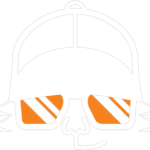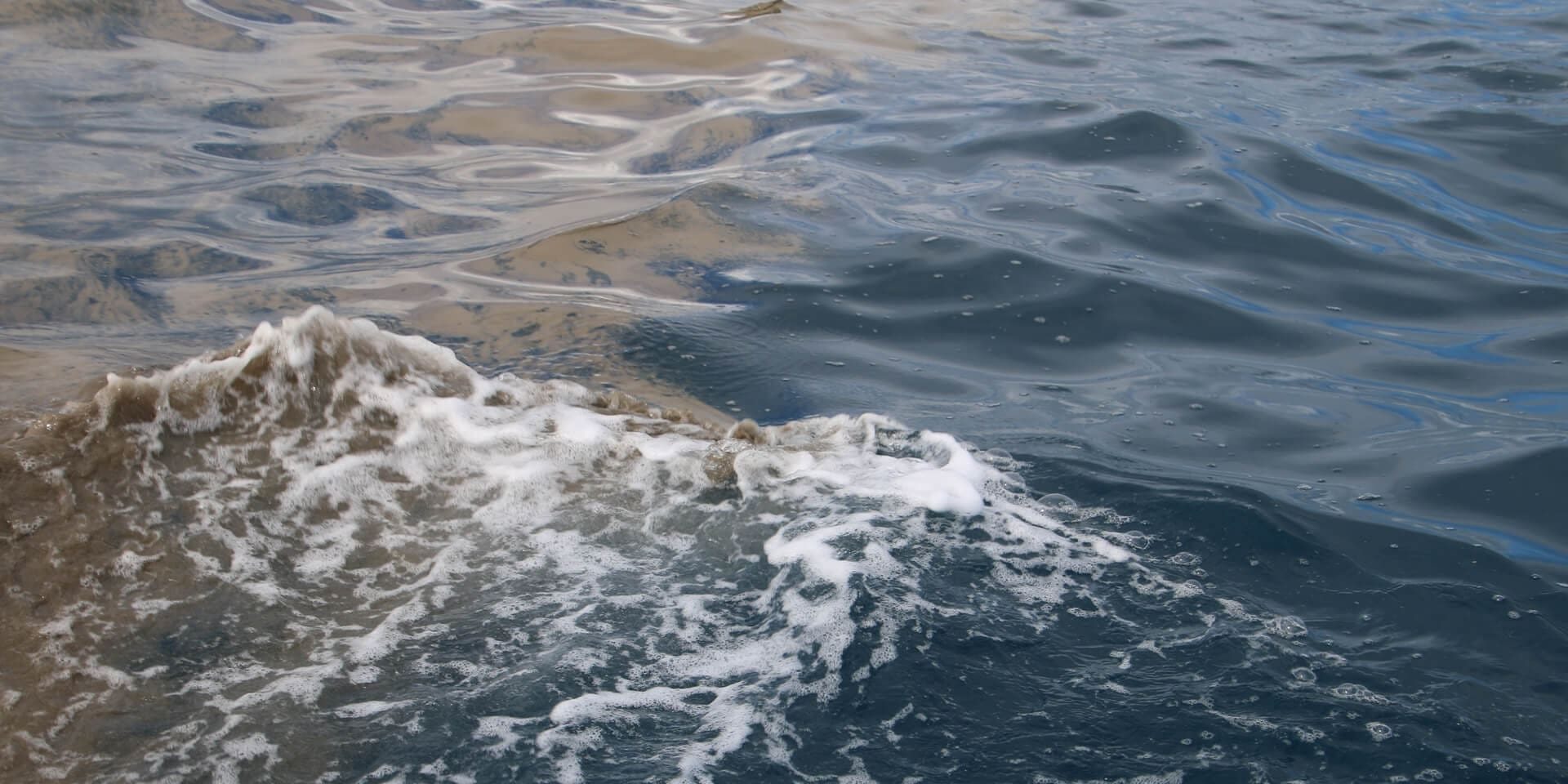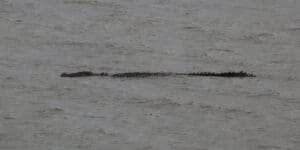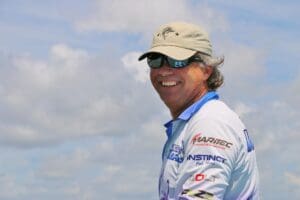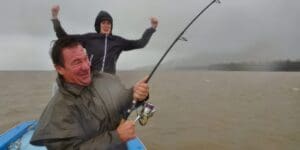Seasoned anglers at one stage or other, will probably have encountered a grey, red, or brown slick on the ocean surface, usually assumed to be coral spawn.
Chances are the culprit is actually a naturally occurring algal bloom called Trichodesmium.
Trichodesmium is often present in the water column of tropical ocean waters, especially during the warmer months, and becomes readily apparent visually (and on the nose).
During calm periods when it floats on the surface, collecting in wind rows or slicks, until it rots and disperses.
It is most often encountered by anglers on calm days out on the briny, but can wash into estuaries and onto beaches, often mistaken for an oil slick as it pushes onto the beach or foreshore.
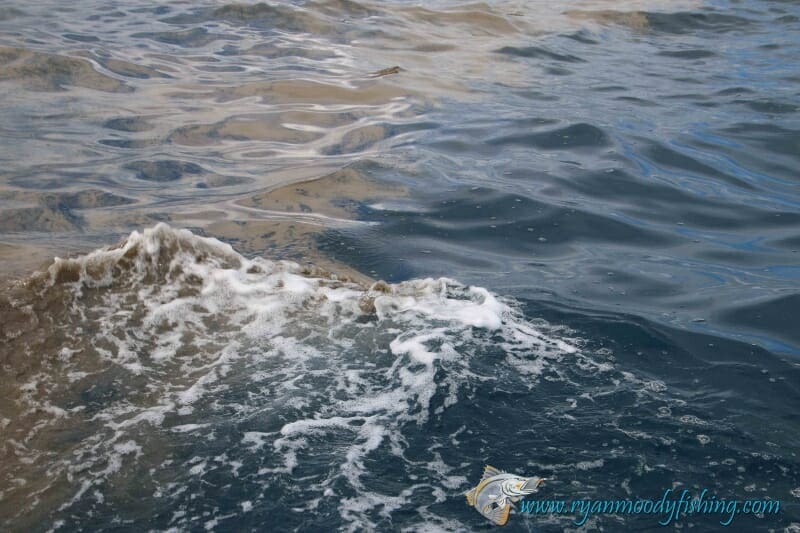
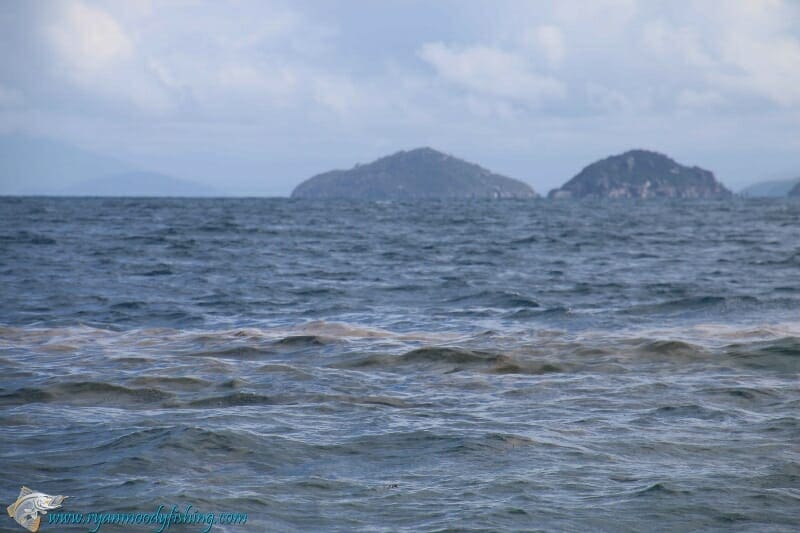
It’s seems the first to mistake a Trichodesmium bloom with coral spawn was Captain Cook himself;
“The sea in many places is here cover’d with a kind of brown scum, such as sailors generally call spawn; upon our first seeing it, it alarm’d us thinking that we were amongst Shoals, but we found the same depth of water where it was as in other places. Neither Mr Banks nor Dr Solander could tell what it was although they had enough of it to examine.” (Captain’s Log, August 28, 1770)
How to tell the difference between coral spawn and Trichodesmium?
There are a few defining characters when used together, can determine the difference.
- The most obvious is probably the smell. Trichodesmium floating on the surface is distinctively fishy whereas coral spawn is more benign, a slightly stronger version of the smell you get during a reef walk at low tide.
- Shape and size. Trichodesmium is shaped like small grains of rice when viewed with the naked eye. Because coral spawn can be one of many different species, and can include both eggs and sperm, it is a little harder to be definitive about shape, however as a general rule, fresh coral spawn is round.
- Colour. Whilst not definitive as both change colour as they age, coral spawn is generally pink, red or milky white, while Trichodesmium can be green, brown, red or purple.
- Timing. Typically coral spawning takes place after the full moon in October and November for inshore species, and after the moon in November and December for offshore species. In other words spawning is greatly influenced by moon phase. Once the event has occurred, the spawn slick will persist for no more than 1-2 days especially during windy periods when the ocean is stirred up. Trichodesmium blooms can occur any time during the year and are most common during periods of warm weather from August to December.
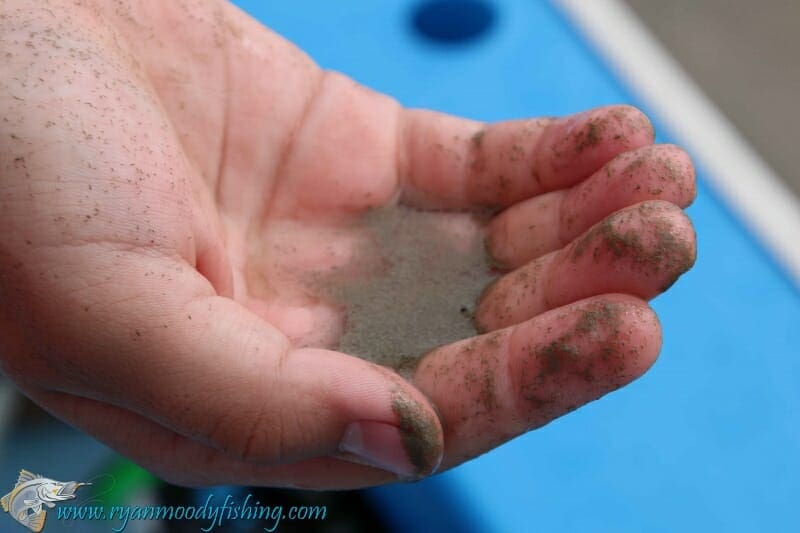

I have also heard it being referred to as sea sawdust, or more curiously, whale sperm. That being the case, we must have an ocean full of carpenters and horny masturbating whales as the slicks can often extend for many kilometres!
Interestingly, Trichodesmium is a nitrogen fixing organism, which basically means that these blooms are a major pathway for nitrogen to get from the atmosphere into the water. Which (trust me I’m a marine biologist) is a good thing.
But let’s face it. Most of the people reading this page haven’t the slightest interest in water chemistry and just wanna know one thing…
Does a Trichodesmium bloom effect the fishing?
Not in our experience.
I have read accounts that coral spawn washing up en-masse has caused fish kills in Western Australia, but in Ryan’s experience, blooms of Trichodesmium floating on the surface have no effect on the fishing.
Until next time, tight lines.
